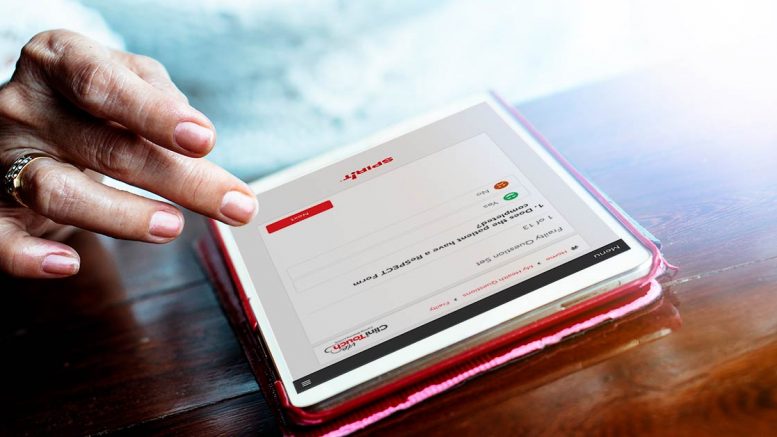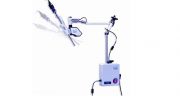With care homes trying to do everything they can to shield their residents from COVID-19 – including keeping carers on the care home site, reducing contacts and avoiding external visitors from coming in that might put the frail elderly at risk – the one thing they can’t afford to do is to compromise access to healthcare professionals and timely clinical intervention. Digital health technology is now being called upon to take clinical care beyond what has been previously achieved.
Amidst the ongoing concern over care home residents’ health, NHS England and NHS Improvement have issued guidance calling for immediate steps to implement a clinical service model for care homes during COVID-19. The model includes a weekly ‘check in’ to review patients identified as a clinical priority for assessment and care; appropriate and consistent medical oversight from a GP; and more frequent contact with care homes where needs are identified. Remote monitoring is emphasised as key to the support model within the guidance.
Digital technology allows care home residents to be appropriately assessed on a regular basis. Assessments are done by carers or nurses taking patients’ vital signs readings and answering simple, straightforward questions that are clinically validated, supported by sophisticated algorithms to give a risk assessment to the clinical teams – often GPs – responsible for the day to day care of these vulnerable individuals. By connecting carers with their patients’ responsible GPs, it presents a tangible opportunity for care home staff to care even more holistically and more consistently for their residents.
Significantly, by regularly and consistently monitoring care home residents, this technology allows GPs to triage their patients and know when to intervene. Usually, when a care home contacts a resident’s GP, they are seeking a face-to-face visit at the earliest opportunity. Extending the concept of the care home to one akin to a ‘virtual ward’, GPs get clinical information on their patients quicker and faster than they would do in that traditional setting which allows them to rapidly assess a patient, and better balance the dual aspects of risk management and time management.
Doing ward rounds virtually also allows clinical teams to respond as quickly as possible – often via video conferencing in real-time. Moreover, having immediate access to a dashboard of live clinical data on a group of patients enables rapid identification and triage of those individuals most at risk.
This proactive model of care allows for early intervention that helps keep people out of hospital, increases health system capacity and reduces the risk of cross contamination at a time when our collective focus is on protecting our vulnerable and our NHS.
While it remains uncertain how long we may be in lockdown – complete or partial – one thing is certain: the innovation we unlock today will inspire a new future. As we collectively find new ways to provide brilliant products, services and care, the progress we make won’t stop when life returns to normal.
By Chris Barker, CEO, Spirit Health Group





